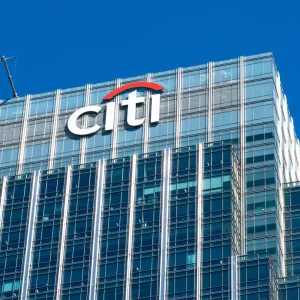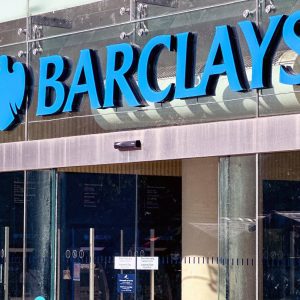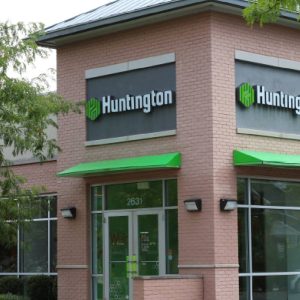The report reveals that the proportion of cash demands met by cash machines has nearly doubled over the last 10 years to 65%, compared to only 34% in 1996. During this period, the total number of cash machine withdrawals has also grown from 1.6 billion in 1996 to 2.8 billion in 2006, with the amount of cash dispensed more than doubling from GBP80 billion to GBP180 billion.
The figures also indicate that other card-based cash withdrawals, including debit card cashback and counter transactions, have also increased over the decade, meeting 12% of personal cash needs in 2006, as opposed to just 8% in 1996.
Meanwhile, the acquisition of cash through non-bank channels, including wages and state benefits, as well as via check and passbook withdrawals from accounts, has plummeted from 61% of all cash acquired in 1996 to only 23% last year.
Furthermore, the report estimates that cash machines will dispense an increasing proportion of all personal cash acquired, reaching 81% in 2016, with an expected GBP220 billion to be paid out, while all other forms of cash acquisition are expected to account for a smaller proportion of cash acquired in 2016 than they did in 2006.
Sandra Quinn, director of communications at Apacs, comments: Cash currently accounts for 63% of all the payments we make, however looking forward, the total demand for cash in value terms is projected to see a very modest decline over the next 10 years due to the increasing popularity of non-cash payments, in particular developments like contactless cards. In 2004, spending on cards overtook that of cash, and 2014 is expected to be the first year when there will be more non-cash payments than cash payments.






